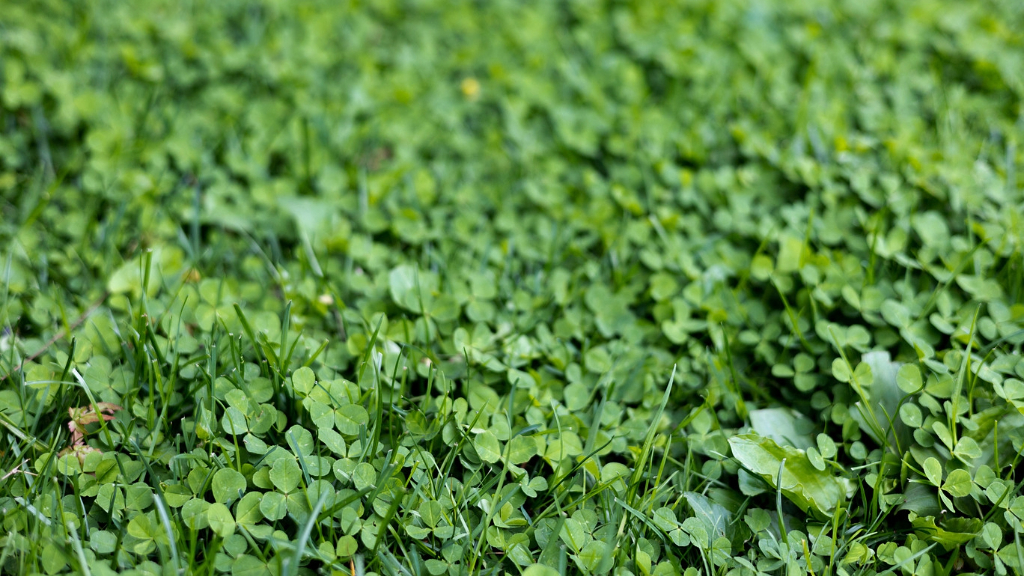History Of Clover Plants: Significance Of Clover Throughout History


Everyone associates clovers and shamrocks with being Irish and St. Patrick's Day, but what's the real history behind this legume? For homeowners, it can be an annoying weed, while for serious gardeners, clover is an important lawn alternative, cover crop and attracts bees. Clover, throughout history, has been recognized for various reasons, and a number of myths and stories have grown up around it.
History of Clover in Ireland
The association with Ireland is valid, as clover has held an important place in that country's history and culture. Legends say that the Druids believed in the symbolic power of a clover leaf, as the number three was considered mystical. Later, when St. Patrick came to the island, he used the three leaves of the clover to explain the Holy Trinity. Much later, wearing green, and especially clovers, was considered risky and a sign of rebellion against British rule. In the Irish language, seamróg, or shamrock, means simply "summer plant." It is thought to refer to white clover, Trifolium repens. While it typically produces three-lobed leaves, once in a while white clover will grow four on one stem. The rarity of this led to one of the most enduring clover myths, that a four-leaf clover, or shamrock, is good luck.
Other Clover Myths, Legends, and Sayings
The main reason that clover is famous today as a legendary plant is the association with Ireland and especially St. Patrick. But there are many other stories and sayings that have cropped up around clover:
- Some traditions say that the three leaves of the clover represent faith, hope, and love. The fourth, of course, is for luck.
- In the Holy Trinity, the clover represents the Father, the Son, and the Holy Spirit, and on four-leaf clovers the fourth is God's Grace.
- There is a legend that Eve carried a clover out of the Garden of Eden as a reminder of the paradise she lost.
- One way to tell a fake four-leaf clover from a genuine one is that real lucky shamrocks have one leaf smaller than the others.
- Naturalists, historians, and others have debated the true identity of the shamrock for hundreds of years, some believing it is wood sorrel or other types of clover. But most agree it is white clover.
- "To be in clover," means to have a carefree life, to be comfortable and prosperous.
Gardening tips, videos, info and more delivered right to your inbox!
Sign up for the Gardening Know How newsletter today and receive a free copy of our e-book "How to Grow Delicious Tomatoes".

Mary Ellen Ellis has been gardening for over 20 years. With degrees in Chemistry and Biology, Mary Ellen's specialties are flowers, native plants, and herbs.
-
 Want The Longest Lasting Hydrangea Flowers? Grow These 8 Panicle Hydrangea Varieties
Want The Longest Lasting Hydrangea Flowers? Grow These 8 Panicle Hydrangea VarietiesFor ornamental shrubs that deliver the longest flowering seasons with plush blooms and delicate hues, these panicle hydrangea varieties are essential in your yard
By Tonya Barnett
-
 Moody Blooms For Spring: 8 Types Of Black Flowers To Add Drama To Spring Displays
Moody Blooms For Spring: 8 Types Of Black Flowers To Add Drama To Spring DisplaysFrom midnight burgundies to inky violets, several types of black flowers can enrich and embolden a spring display. Try these brooding bloomers for a moody garden
By Tonya Barnett